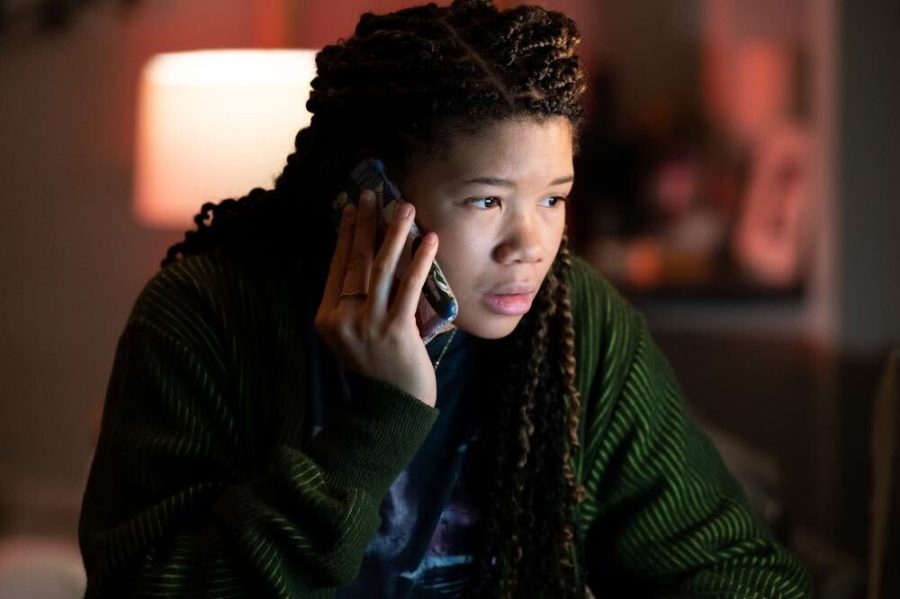‘Missing’ crafts an outrageous story full of red herrings
January 17, 2023
This review contains spoilers for “Missing.”
Nick Johnson and Will Merick make their directorial debut with “Missing,” the standalone follow-up to the 2018 mystery thriller “Searching.” Shot completely through a computer screen, the film follows June (Storm Reid) as she unravels the mystery behind the disappearance of her vacationing mother and her mother’s boyfriend.
“Missing” maintains the formula of its predecessor, establishing sterile, digital aesthetics and employing the computer screen as a vehicle to reveal information. Just like “Searching,” the film pivots often, remaining grounded in the emotional appeal of familial conflicts and maintaining suspense until the very end. However, “Missing” feels grander than “Searching,” containing more characters, more screens and an even more shocking central story.
After introducing its main players — sheltered, angst-ridden teen June, overbearing but loving mother Grace (Nia Long) and Grace’s boyfriend Kevin (Ken Leung) — the film maintains a fast pace throughout its runtime. Progressing like a high speed chase, “Missing” jumps from possibility to possibility in a dizzying manner, pointing to almost every character as a suspect. False identities, fake deaths and scams complicate the search for Grace and Kevin, creating ridiculous and unbelievable moments. However, continual red herrings ultimately work to make the film wildly entertaining and keep audiences on their toes.
Despite its energy, the film doesn’t spend enough time with its main characters to raise the stakes. While the film revolves around June’s journey of investigating the disappearance of her mother and uncovering family secrets, its exposition fails to establish complex portraits of surrounding characters, setting many of its reveals up to fail in garnering intense responses. A large portion of the film points to Grace and her boyfriend as conspirators behind their own disappearance, but the limited time where the characters are introduced at the beginning of the film fails to enable viewers to build a connection with the two as a couple.
Similarly, “Missing” fails to utilize its screen-recorded format to its benefit. In “Searching,” the plot followed a father searching for his missing daughter by looking through her laptop. In this case, the digital format felt intentional. While the film minimizes the daughter’s screen time, her father learns more about her by peering into one of her most personal belongings — her laptop — and contributes to a full-formed portrait of the missing character. However, even when June logs into Kevin’s social media profiles in “Missing,” the information gathered fails to tell much about the characters beyond their crimes and secrets. Ultimately, the overwhelming abundance of suspects in the film leads to surface-level characters, with the exception of June and Grace who felt fully explored by the ending.
The largest strength of “Missing” lies in its fun, wacky story. The satisfying twists and turns will keep viewers hooked. However, in the case of well-crafted antagonists, viewers will be left searching.
3.5 Ring doorbells out of 5



